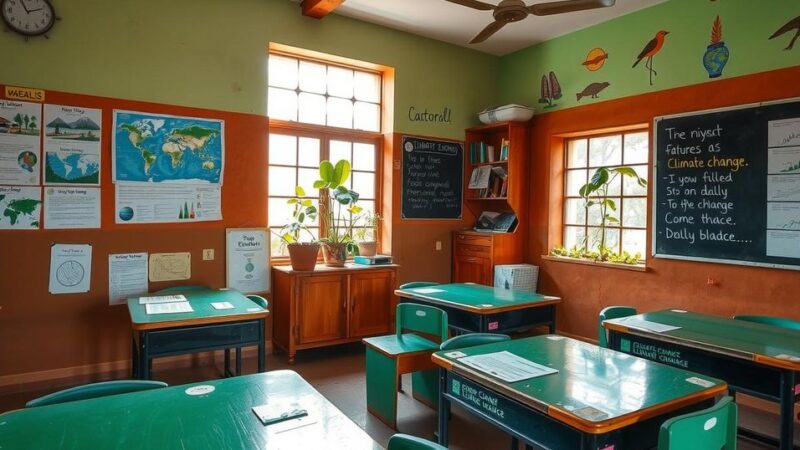In Lima, Peru, over 635,000 residents lack access to running water, relying on unsanitary tanker deliveries. With climate change impacting water levels and inadequate urban planning, those in impoverished areas face profound disparities compared to wealthier neighborhoods. Experts call for urgent policy action to improve water access and address the challenges faced by these communities.
In Lima, Peru, thousands of residents in impoverished areas dream of accessing running water, with many relying on water delivered by tanker trucks. Despite Lima’s geographical advantages with its rivers and proximity to the Pacific Ocean, over 635,000 individuals in the city lack adequate water supply. Many live in informal settlements where infrastructure does not extend, relying on infrequent deliveries of water that often arrive in unsanitary conditions.
Residents report significant health issues due to poor water quality. Catalina Naupa, a 59-year-old local, mentioned experiencing stomach cramps and migraines, attributing the problems to contaminants in the water tanks. In winter, deliveries can stop altogether due to challenging road conditions, forcing households to wash clothes sparingly.
The city’s water utility, Sedapal, provides only limited water supplies—approximately 30 liters per person daily, which is insufficient according to U.N. standards. Experts express concern over the impact of climate change and inadequate urban policy, highlighting that those most in need of water access often remain deprioritized by policymakers. The issue is compounded by rural-to-urban migration, which has strained the city’s resources.
In certain areas of San Juan de Miraflores, concrete barriers exist between the impoverished and wealthier neighborhoods, exemplifying socio-economic divides. Cristel Mejia, who operates a soup kitchen, notes how the affluent side of the wall starkly contrasts with the needs of her community, signifying a troubling disparity in water access and living conditions.
The water crisis in Lima highlights the stark disparity between affluent and impoverished communities, exacerbated by inadequate infrastructure and urban planning. Many residents face health risks due to unsanitary water sources and insufficient supply, underlining the critical need for improved policy measures to address both urban migration and water access challenges. Without direct intervention, these disparities are likely to persist, leaving the most vulnerable populations at risk.
Original Source: www.france24.com






